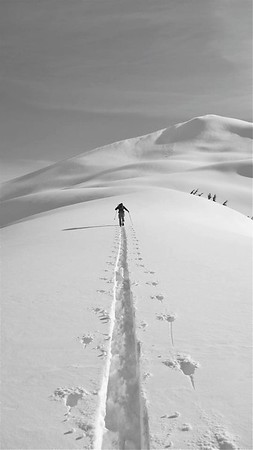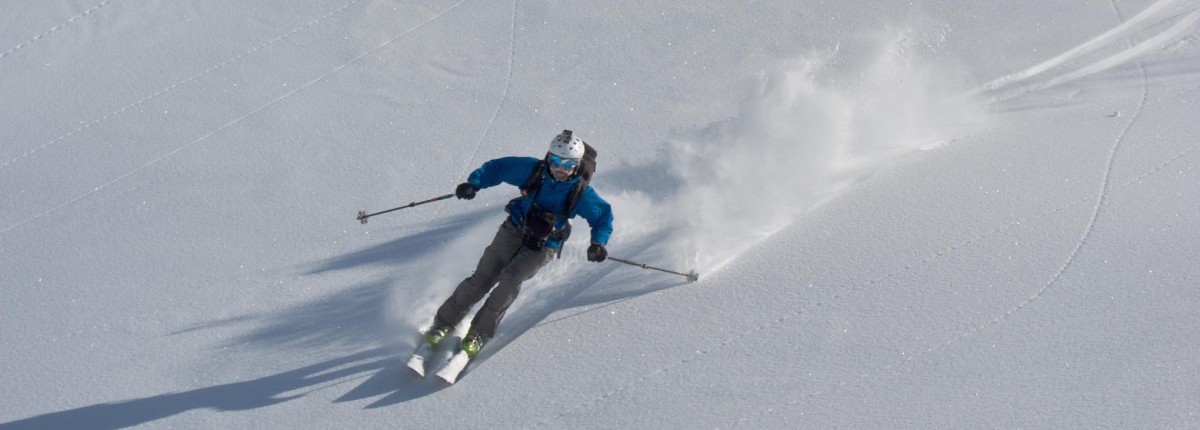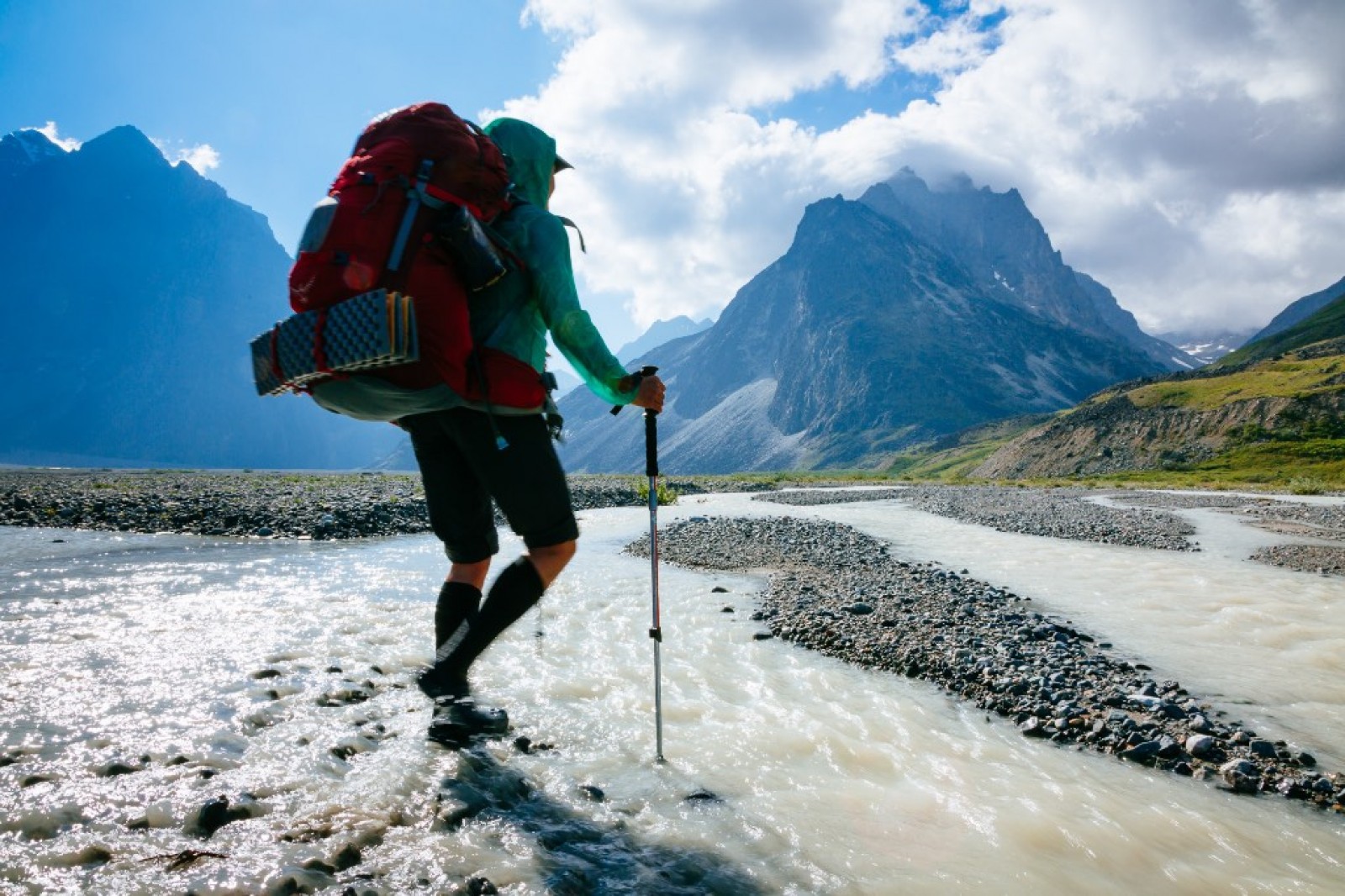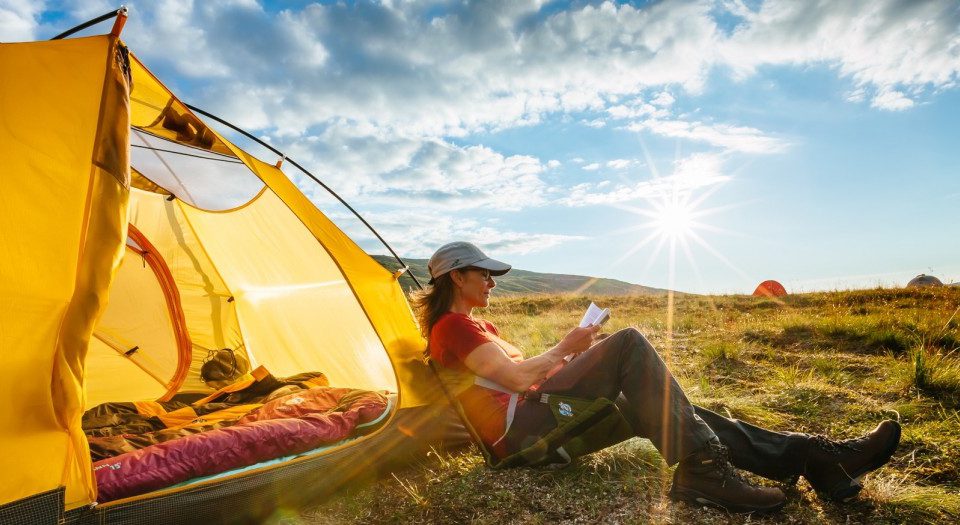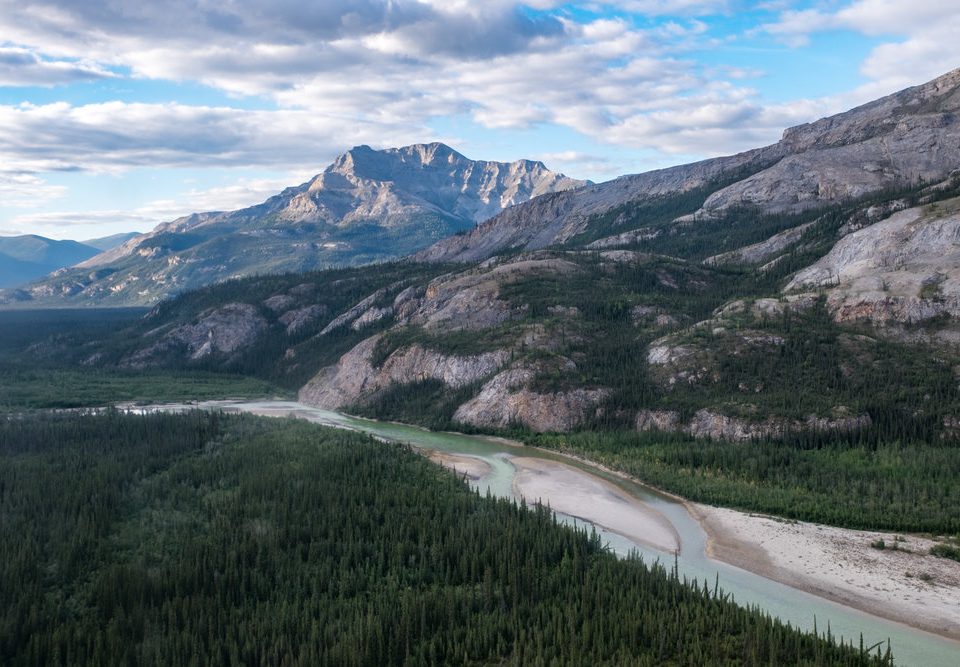In the winter of 1989-90, I was a 19 y/o enjoying my first season as a real ski bum, and I’d chosen Tahoe’s Squaw Valley as my playground. Squaw had an evolving reputation, and for me it felt big and scary. So the notion of backcountry skiing, in areas beyond the eyeballs KT-22 or Headwall lifts, seemed inconceivable. But less than a month into that season, we mid-week pass holders were kicked into the annual two-week Christmas break ski embargo. If necessity is the mother of invention and boredom is the father of recreation, then my friends and I were both needy and bored. So we strapped our skis onto our backpacks, loosened our stiff and tight ski boots, and spent the better part of the next two weeks “booting” up a timbered ridge adjacent to Squaw’s neighboring resort, Alpine Meadows. Then and there my backcountry ski career began exactly as it felt – a forced effort of lugging a heavy alpine ski kit with not much more than a book bag. It kind-of sucked and sort-of worked, but it got us out and helped fill the longest two-week period of our lives with fresh air and a few turns.

RUSSEL KARCHNER (BACK) AND I EARNING $20/HOUR DURING THE EPIC TAHOE WINTER OF 92-93. PHOTO ???
After the embargo, I went back to Squaw and finished my first full year “bumming” before begrudgingly heading back to college. By December of ’92, I was back at “the lake” savoring the bonafides of an education, a quasi-lucrative restaurant job, another mid-week ski pass, and yet one more 2-week holiday ski embargo. By that time, the Secura-Fix backcountry touring adapter was available at our local mountaineering shop – Alpenglow. At $200 a pair, they were hardly affordable, and adding a pair of climbing skins for 60+ bucks didn’t help a bank account dedicated to rent, student loans, and bar tabs. But impulsivity and poverty were frequent bedfellows in my twenties, so I purchased the set-up. Some of my friends joined me, and in an instant we had a very small cadre of complete fools ready to tackle the backcountry during our forced break from the Squaw Valley machinery.
“Where ignorance is bliss, ’tis folly to be wise.” seems to sum up my Tahoe experience and despite my ignorance, inattention, and lack of true mountain education, I survived two more years in Tahoe. Not only did my friends and I learn how to really ski by spending 100+ days per season at Squaw , we also continued cutting our backcountry teeth in one of the most backcountry ski-friendly mountain environments anywhere. Blessed with one of the most stable snowpacks on the planet, the Sierra Nevada are likely the mountains where 24-hour rule was written. In a haze of hindsight, I prefer to look back on my years in Tahoe confident that my closest calls were in the bars and not in the mountains. Truth be told, I am lucky to have been gifted the experience, one that only partially prepared me for my move to Alaska in 1995..

BLACKENED MT. REDOUBT OFFERS UP AN AMAZING BACKDROP IN LAKE CLARK NATIONAL PARK. PHOTO DAN YOUNG
If Tahoe allowed me the opportunity to learn how to navigate the mountains at speed, then Alaska taught me how to understand them at rest. The funds formerly dedicated to a season pass purchase were redirected to the impoverishing accumulation of Alaska mountain equipment. I retired the Secura-Fix, and stepped onto the modern platforms of backcountry touring. I started climbing bigger mountains and frozen waterfalls, camping on glaciers, and immersing myself in some of Alaska’s most remote and inhospitable landscapes whenever I could. To a lesser degree, I began to learn to read both the weather above and the snowpack below, and I developed a curiosity to combine speed & power with smarts & finesse. Most importantly, I shared these experiences (at times terrifying), with a small group of friends cultivating an enduring brotherhood.
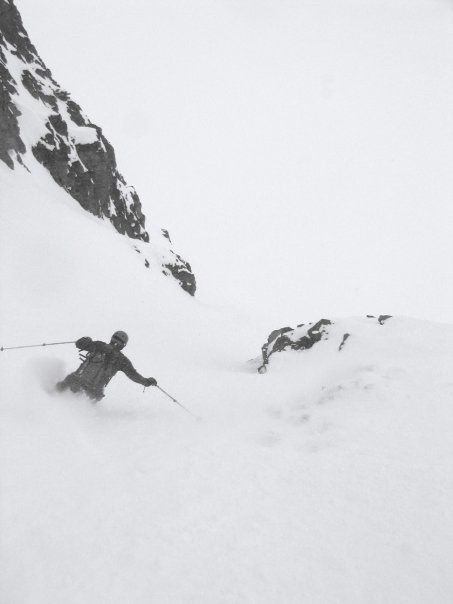
HEADING FOR THE DOOR IN THE DIAMOND CIRQUE – THOMPSON PASS – 2005. PHOTO DEREK NELSON
Today, after 20 years in the Alaska, it’s fun to reflect on how skiing has impacted my life – from ski bum to mountain vagabond and husband to father. While the ski resort at Alyeaka still plays a role – teaching my young girls the skill of speed navigation and allowing me to keep my older legs “lap” strong – the winter stage I still prefer has a set design that displays a backdrop of empty snow-clad peaks. I have developed a passion for the art of moving through wilderness, where an appreciation for the ascent perfectly balances the thrill of the the down. This winter you’ll find me with family and friends enjoying both!
